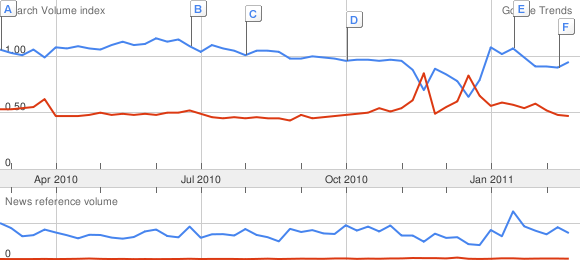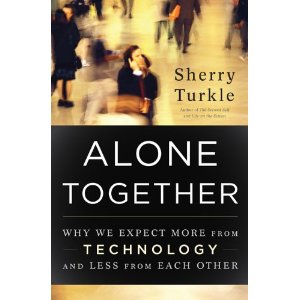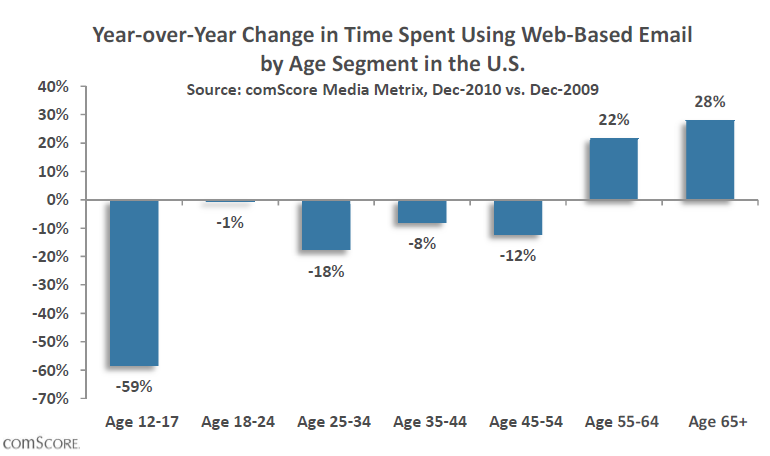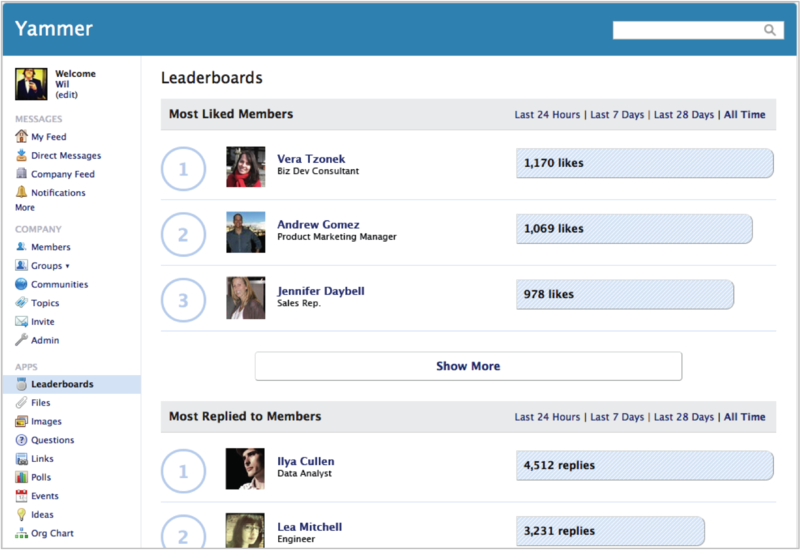Recipes and Jobs
This week Google introduced a new flavor (sorry about the pun), to its search engine by launching Google Recipe Search.
With Google recipe search, in addition to normal keyword-based searches ('bacon'), supplemental criteria like other ingredients on hand, desired cooking time, and total caloric value of the dish can be indicated using new tools along the left-hand sidebar. The idea being that by allowing the entry of these other critical factors, Google can present more applicable and relevant search results. How often have you searched for a recipe only to discover that you lack a key ingredient or two, or don't have the time required to complete the cooking process for a certain dish? Blue = 'jobs', Red = 'recipes'
Blue = 'jobs', Red = 'recipes'
What powers this kind of targeted search is the use of underlying structured data that is built into the web pages that house the recipes themselves, sites like Epicurious and Food Network. These sites are coded to include information like ingredient names, cooking times, and caloric value in structured, defined, and machine readable tags - tags that Google recipe search can find and evaluate when the search is executed.
According to a Wired piece, about one percent of all Google searches are for recipes, so this new advanced recipe search capability makes sense from a user satisfaction perspective, by returning more precise matches based on a more nuanced evaluation of the user's requirements, users are connected with recipes they are more likely going to be satisfied with.
After reading about the new recipe search, I started to think about another frequent subject of Google searches - searches for jobs. We know from both anecdotal evidence and referral analysis that a large percentage of traffic to corporate career sites, job boards and job aggregators results from Google search. Heck, there is an entire cottage industry populated by consultants and companies offering organizations assistance and tools to improve their career sites' position in Google organic search. The importance of having your organization's jobs high on Google searches for your desired keywords is pretty much a given today.
So to me it stands to reason if Google has spent the time to develop a 'vertical' search for recipes, then why not one for jobs? By my crude reckoning, 'jobs' searches are even more common than recipe searches. And 'jobs' searches certainly do lend themselves to the application of more structured search criteria, like required education, salary range, technical skills, and work location among others.
Now I have no way of knowing, nor could I find any information (ironically by 'Googling'), about whether or not a vertical and structured Google search capability for 'jobs' is something Google will develop, but I also would not have thought a vertical for recipes was really all that important either.
But it would not surprise me at all to see the development of a specific 'Google Jobs' search vertical. Google built the recipe search to help users connect more directly and rapidly with the specific recipes that meet their criteria, certainly job searches could use that same kind of utility. And if indeed Google decides to do the same thing for 'jobs', then it may be your organization's time to connect with your SEO consultant/webmaster/ATS vendor - whomever it is you rely upon to keep your job listings up high on today's keyword-based organic search. Will your keyword-heavy, search optimized, micro-landing pages work in a structured search process?
It makes sense to me that for job seekers that finding the right Google search result for their job requirements and capabilities should be as simple and precise as finding the right bacon, onion, and maple syrup recipe that I can make in under 30 minutes, having less than 500 calories.
That recipe surely exists, no?

 Steve
Steve




